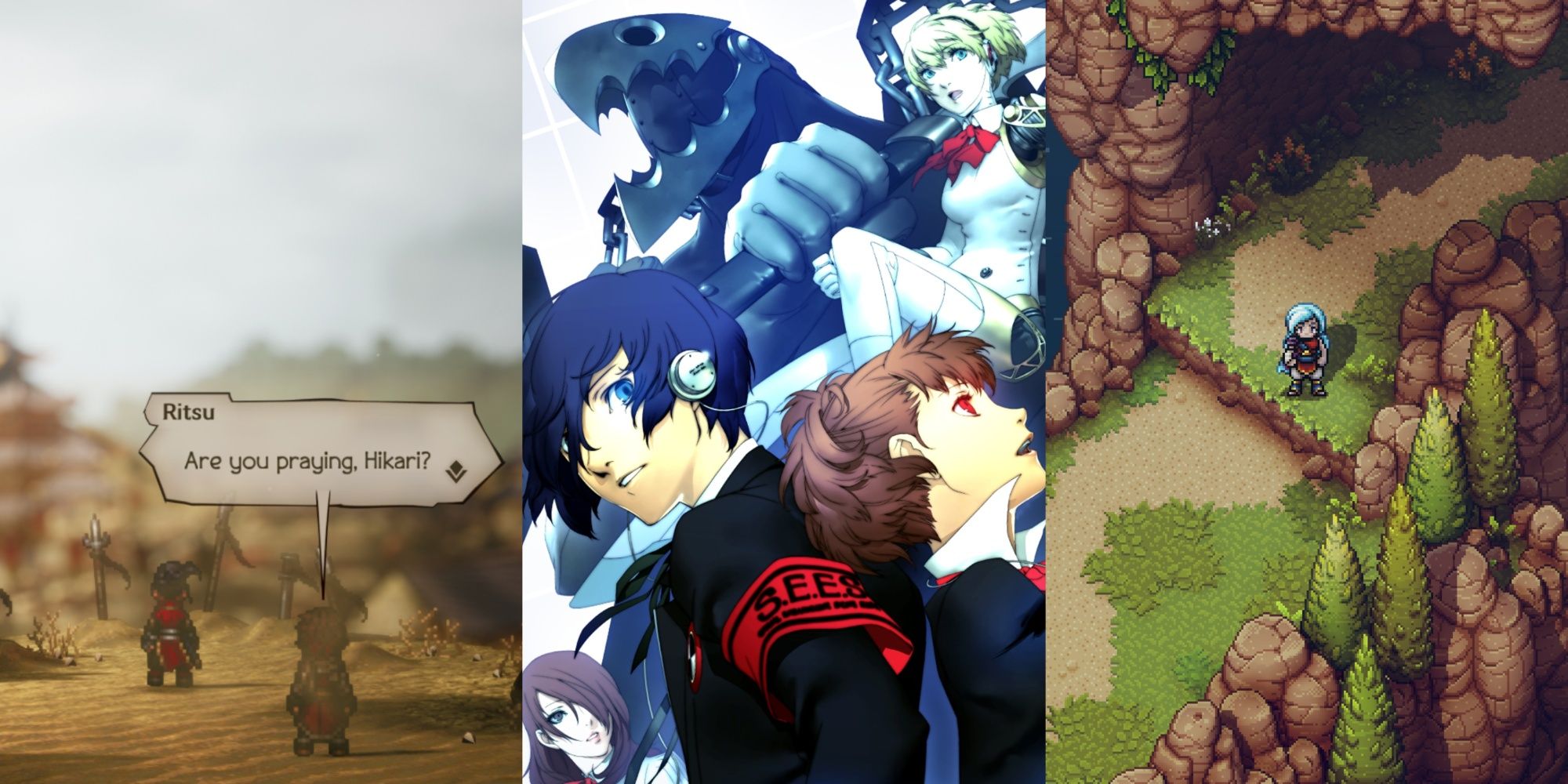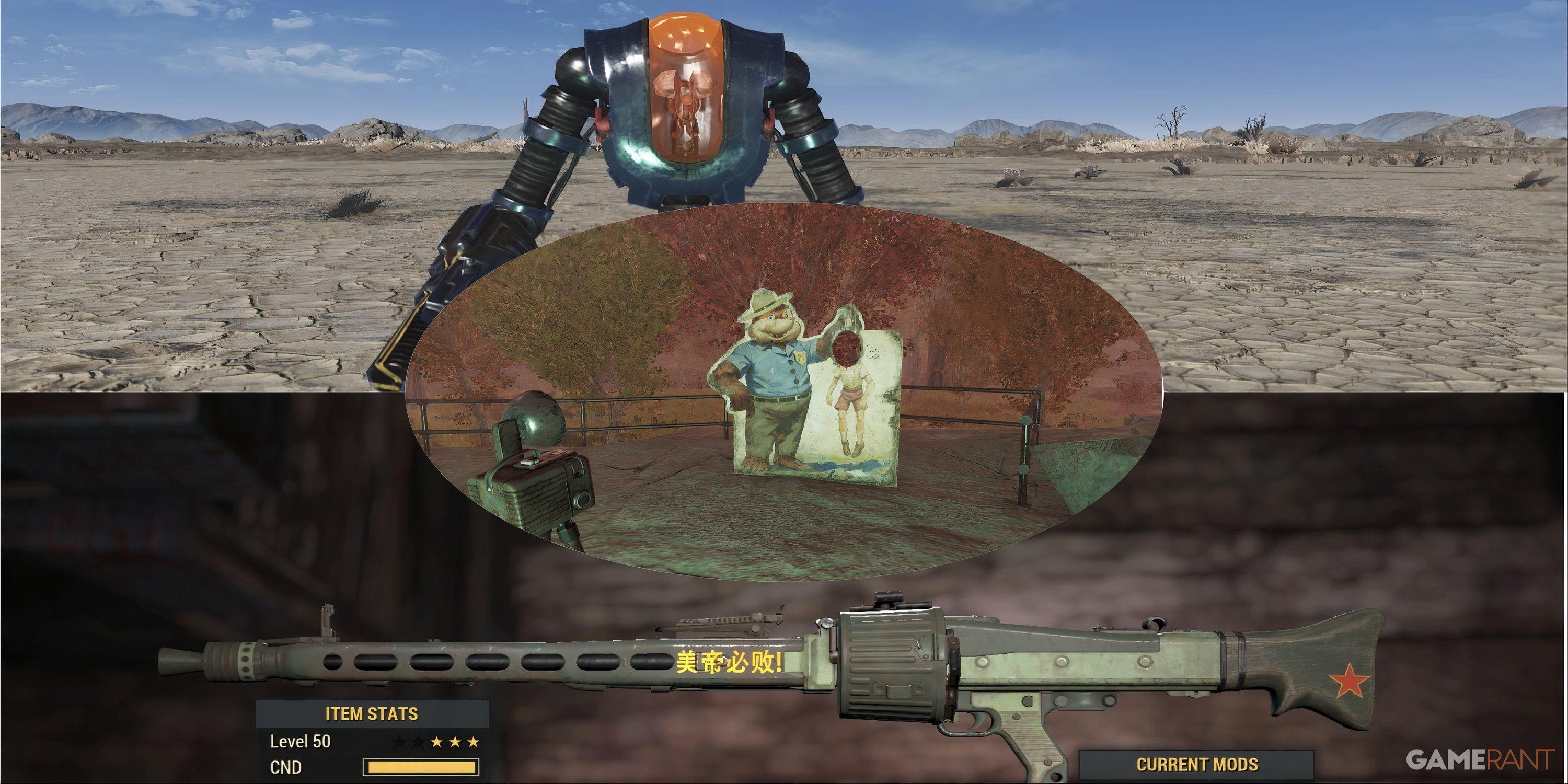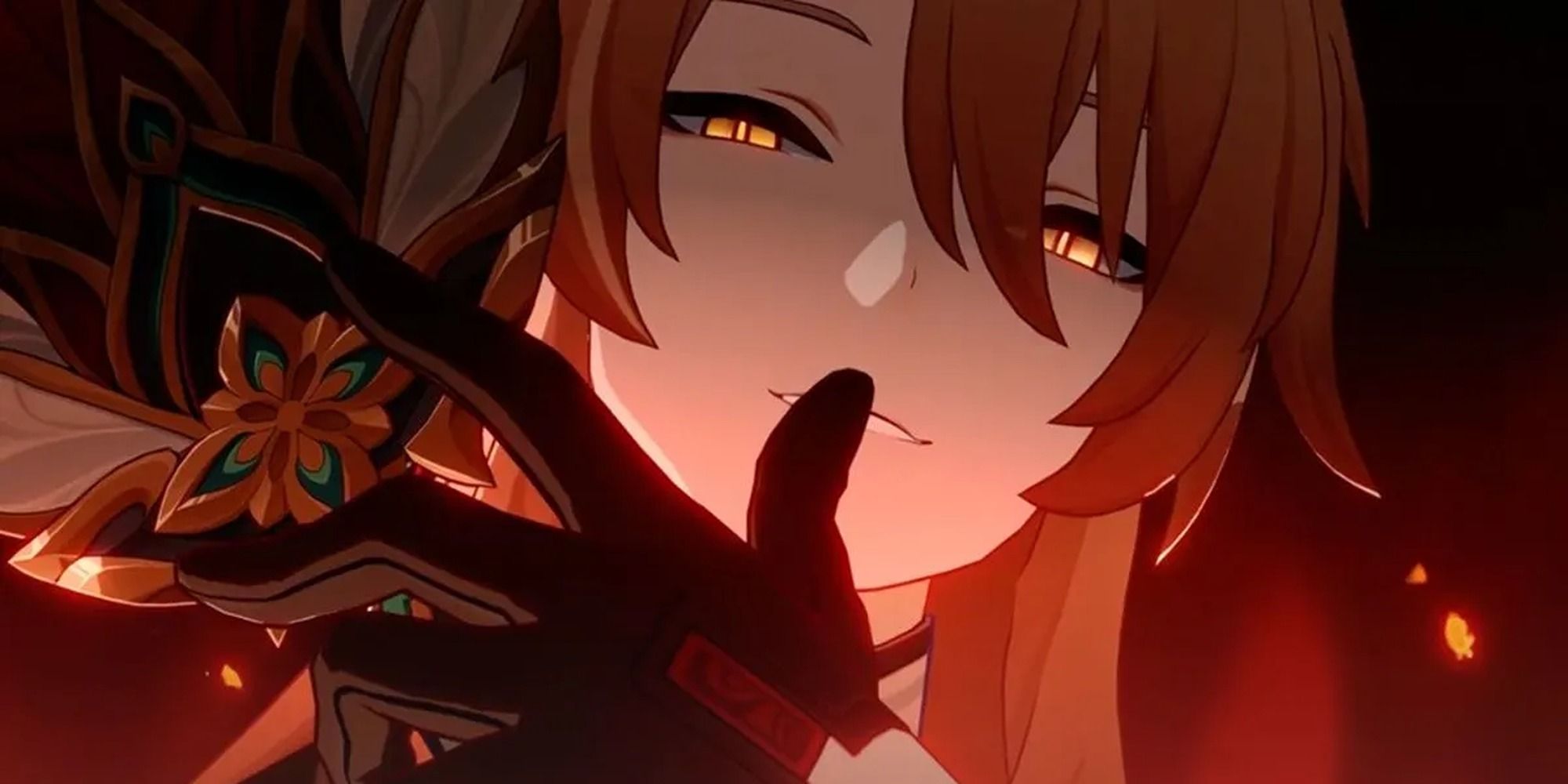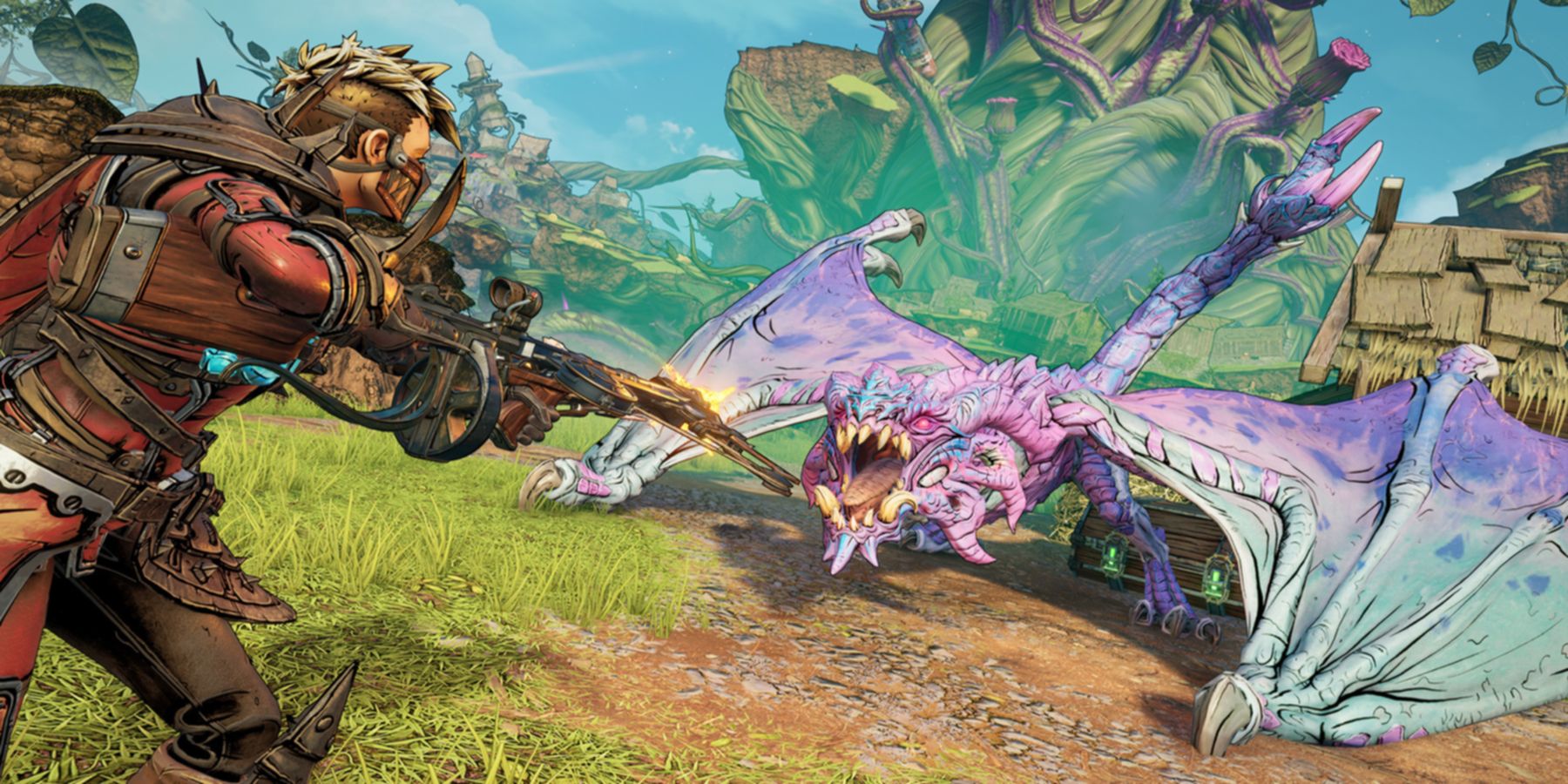Tiny Tina's Wonderlands brought many new things to the franchise, both good and bad. It refurnished many of the newer features found in Borderlands 3, making an effort to change some core aspects in positive ways. Because of this, the game holds somewhat of a unique position in the franchise as a transitionary game for Gearbox.
Tiny Tina's Wonderlands was a bold take on the Borderlands formula changing much of what it means to play in that universe by swapping out sci-fi elements for fantasy. Due to this and its nature as a spin-off, it represents the future of the franchise, in many ways making Tiny Tina's Wonderlands more like Borderlands 3.5.
Gearbox's Transition Into Borderlands 4
There are many obvious differences in game design between Borderlands 3 and Tiny Tina's Wonderlands. For instance, the use of spells and character creation likely won't be found in Borderlands 4. But other features, like Tiny Tina's Wonderlands' chaos chambers, may represent a new era of endgame content due to their largely positive reception. Tiny Tina's Wonderlands may have served as a testing ground for tweaking the traditional Borderlands formula, providing a first look at what Gearbox Software has in store for Borderlands 4.
For those reasons, Tiny Tina's Wonderlands is very much like Borderlands: The Pre-Sequel, the black sheep of the franchise. The Pre-Sequel made various changes to the Borderlands formula, such as how many bosses the player could farm. Players were quick to take issue with some of these changes, prompting Gearbox Software to amend them for Borderlands 3. The game also provided a sneak peek at the updated graphics giving players a better idea of not only the content coming in the next mainline game, but also what it might look like.
Tiny Tina's Wonderlands' experimental nature allows Gearbox Software to tinker with its established formula without risking damage to the success of a mainline installment. For example, Tiny Tina's Wonderlands' lucky dice were a big transition from the franchise's usual approach to the drop rates of legendary weapons. Gearbox chose to make lucky dice account-bound in order to alleviate player concerns, but if this had been a mainline installment, it likely would have caused a lot more discussion among fans.
However, this also leaves games like Tiny Tina's Wonderlands in somewhat of a risky spot. There was a lot of hype surrounding Tiny Tina's Wonderlands, especially considering it was a spiritual sequel to Borderlands 2's most popular DLC, Tiny Tina's Assault on Dragon Keep. Despite this hype, marketing set Tiny Tina's Wonderlands up for failure, especially given it didn't receive nearly as much post-launch content as Borderlands 3. Because of its transitionary nature, Wonderlands might have not been deemed as important, moreso valuable for seeing what kind of changes Gearbox could make for the future. While this is good for the franchise in the long term, it did not do the game any favors in the short term.
Despite everything, Tiny Tina's Wonderlands presents an exciting future for the franchise. Borderlands 4 may see features from the past that have been reworked in a way to better satisfy players. All of this would come from the ambitious nature of Tiny Tina's Wonderlands essentially being a Borderlands 3.5.
Tiny Tina’s Wonderlands is available now on PC, PS4, PS5, Xbox One, and Xbox Series X/S.





